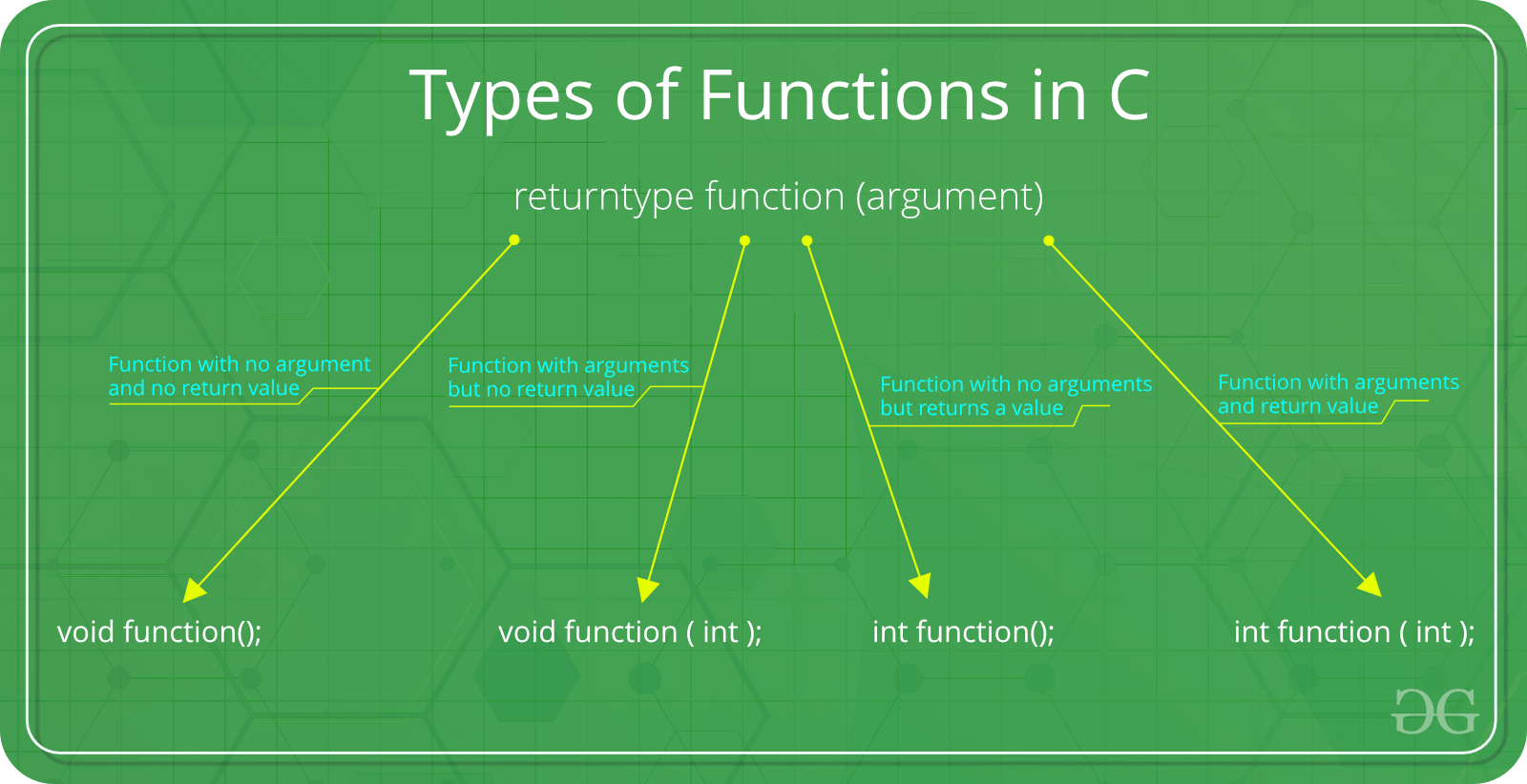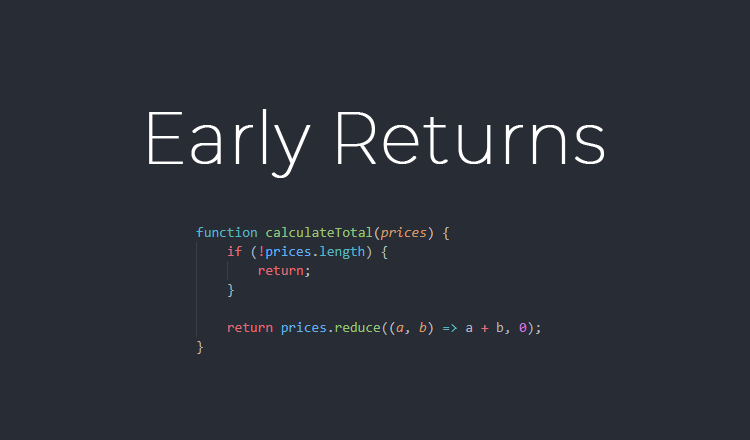Else code end compares the expression specified by case and that specified by when using the operator and executes the code of the when clause that matches.
Ruby case statement return value.
The return statement in ruby is used to return one or more values.
Hash index value returns the key for the given value in hash nil if no matching value is found.
Let s see an example where we want to print some message depending on what range a value falls in.
A much easier way to handle such situations is to use the ruby case statement the syntax for which is defined as follows.
Ruby case ranges.
1 value is set 3 value is set ruby case statement syntax case expression when expression expression then code.
This can quickly become cumbersome however when a need arises to evaluate a large number of conditions.
Here we have explained if expression ternary if unless expression modifier if and unless and case expression.
Things are no different when it comes to case statements.
For example def test i 100 j 10 k 0 end this method when called will return the last declared variable k.
For example the above version of the case statement ca be re written like this.
Hash indexes keys returns a new array consisting of values for the given key s.
This method is deprecated.
With an if statement you can check if something is true.
This will produce the following result.
One equals sign in ruby means assignment make sure to use when you want to find out if two things are the same.
But when you want to check for the opposite not true false.
Result case value when match1 then result1 when match2 then result2 when match3 then result3 when match4 then result4.
Return values from methods.
Usr bin ruby for i in 0 5 puts value of local variable is i end here we have defined the range 0 5.
Will insert the default value for keys that are not found.
All the expressions described here return a value.
If you don t this right you won t get the expected results.
The case statement is more flexible than it might appear at first sight.
Notice that we use two equal symbols to mean equality.
The statement for i in 0 5 will allow i to take values in the range from 0 to 5 including 5.
A case statement will always return a single object just like a method call.
Nil and false are false values.
Case capacity when 0 you ran out of gas.
For the tests in these control expressions.
So you can safely wrap a case statement in a method call and ruby will have no problems with it.
True and any other object are true values.










